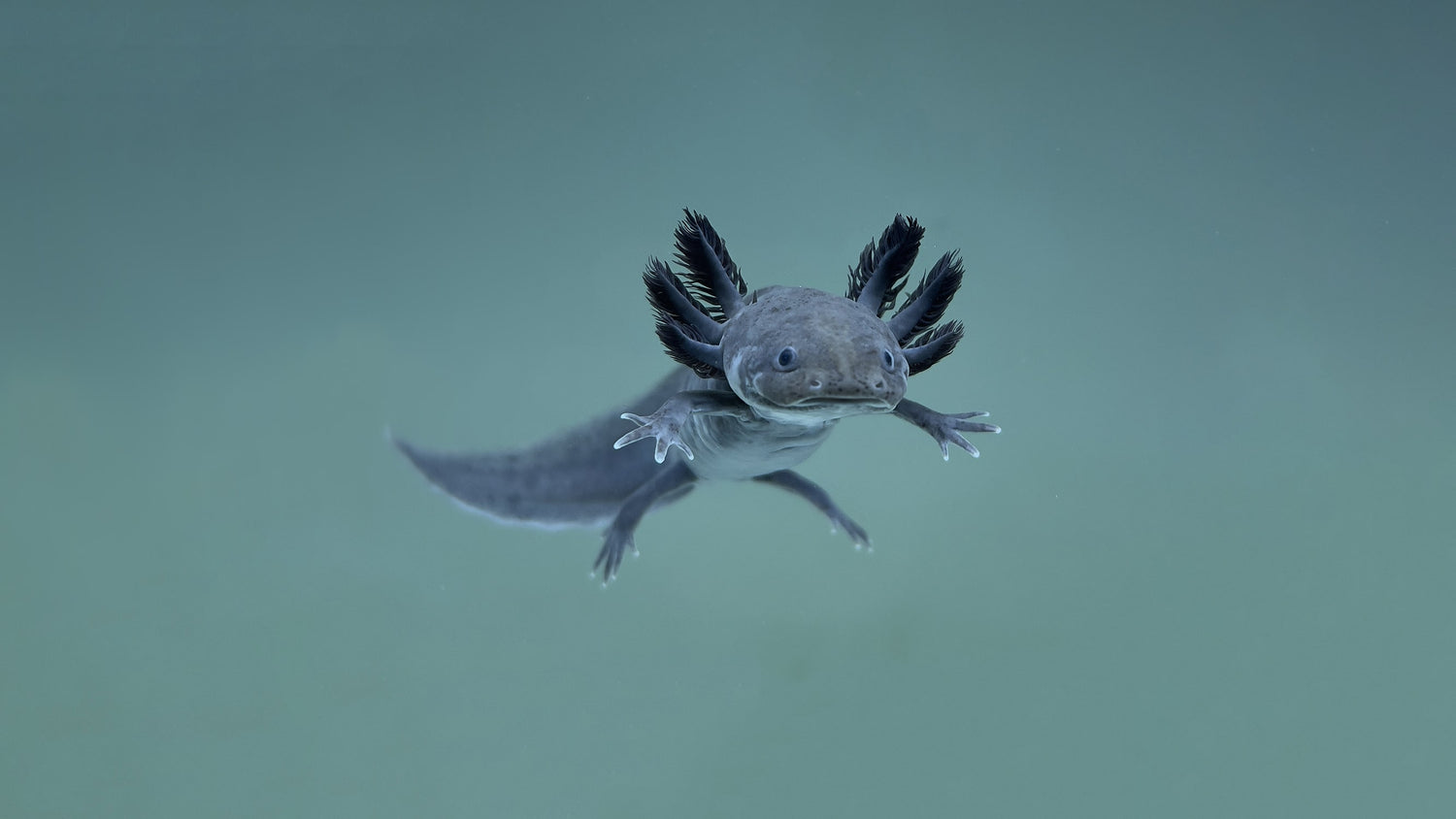At Axolotl Planet, we’re often asked intriguing questions about these mysterious aquatic creatures. A common one, especially from curious parents, is: “Are axolotls fish?”
It’s a fair assumption at first glance! Both axolotls and fish live underwater, have gills, and lay eggs. To the untrained eye, axolotls might appear to be nothing more than fish with feet—especially since a quick internet search for “fish with legs” often shows images of axolotls. However, this comparison, while amusing, doesn’t quite capture the truth.
So, are axolotls fish? The answer is no. Let’s explore why!
What Are Axolotls?
Axolotls are not fish—they’re a species of salamander. These remarkable creatures belong to the class Amphibia, a group that includes frogs, toads, and other salamanders. Unlike most amphibians, axolotls exhibit paedomorphosis, meaning they retain juvenile traits, like gills, throughout their lives instead of metamorphosing into land-dwelling adults.
While axolotls spend their entire lives underwater, they are far more versatile than most aquatic animals. Did you know they have four distinct ways to breathe?
- Lungs: Axolotls can breathe air, just like humans.
- External Gills: The feathery appendages on their heads are specialized gills for extracting oxygen from water.
- Skin Breathing: Oxygen can pass directly through their slimy, permeable skin.
- Buccal Pumping: Axolotls gulp air through their mouths, a technique common among amphibians.
This fascinating breathing ability highlights their amphibious nature, further distinguishing them from fish.
How Are Axolotls Different From Fish?
To understand the difference, let’s compare axolotls with a common fish, like a goldfish:
- Scientific Classification: While both belong to the kingdom Animalia and phylum Chordata, axolotls are part of the class Amphibia, while goldfish fall under Actinopterygii (ray-finned fishes).
- Body Structure: Fish have fins and scales, while axolotls have limbs, soft skin, and no scales.
- Breathing: Fish rely solely on gills, whereas axolotls breathe through multiple methods.
- Habitat: Fish are fully aquatic, while amphibians like axolotls are adapted to aquatic environments but retain features typical of land-dwelling creatures.
Even though axolotls are fully aquatic and rarely leave the water, their biology is distinctly amphibian. Unlike fish, they’re capable of moving on land for short periods—though taking your axolotl on a walk is definitely not recommended!
Fascinating Creatures Worth Knowing
Axolotls are captivating creatures with unique traits that often blur the lines between amphibians and fish in the eyes of many. Understanding their biology is part of the fun of owning or studying these amazing animals.
Still curious? Dive deeper into the world of axolotls with our other blog posts, or visit us at the Axolotl Planet Store to see these marvelous animals up close!

